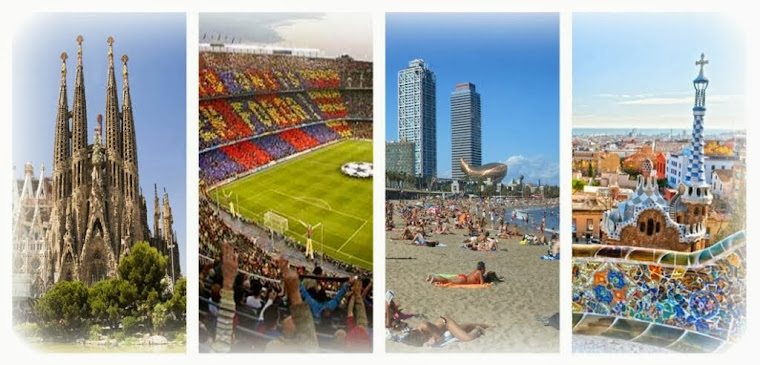Arguably the king of all European food markets, La Boqueria is a feast for the senses and cannot be left off your Barcelona bucket list. Just off the Ramblas, this fabulous market is loved by both the locals and the throngs of tourists who visit every day. Come here to stock up on the freshest and best-quality produce or just to take in the sights, smells and sounds that surround you.
 |
| La Boqueria food market, Barcelona |
Trust us, you will feel the electric atmosphere as soon as you step over the threshold and through the market’s iconic iron gates.
From humble beginnings…
The history of the formally known ‘Mercat de Sant Josep de la Boqueria’ is rich and complex, the first mentions dating back to 1217. It has lived through many phases, originating as a travelling open-air market where Catalans would sell their fruit and vegetables in front of the old city wall. Since then, the market has passed through various stages of construction, most notably in 1836 under the guidance of architect Mas Vilá. In 1914 the market’s emblematic metal roof was added.
 |
| La Boqueria food market, Barcelona |
…to a modern day mecca for foodies
La Boqueria is more or less like a supermarket in terms of its size and produce available. It takes up 2,583 square metres and is home to around 270 stalls selling the most mouth-watering ingredients. If you fancy doing something different, you can take a tour round La Boqueria as part of a cooking class, but it’s just as good to go and explore the place yourself.
 |
| La Boqueria food market, Barcelona |
At the entrance you’ll find stalls selling dried fruits, nuts, chocolate and sweets, but try to resist these until the end as these appetising displays are also the most expensive. Instead, head straight into the middle of the market to check out the seemingly endless samples of fruits you will struggle to put a name to. Grab a delicious fruit smoothie – there’s extremely good value and the perfect portable drink as you’re meandering around.
 |
| La Boqueria food market, Barcelona |
Of course, the Boqueria has much more on offer than just fresh fruit and veg. Continue further and you’ll see the delights the butchers have to offer (you won’t stare the pigs out, we’ve tried). Make your way through the dizzying maze of Serrano hams, chorizos and fuets (cured, Catalan sausage) and enter the beating heart of the market where the floors are glistening wet from melted ice – welcome to the domain of the fishmongers.
Don’t neglect the furthermost corner of La Boqueria, either. Right at the back are some little-known stalls selling all sorts of wild mushrooms, while on the fringes are several spots to perch on a stool and grab a bite to eat. This is the perfect way to really absorb the madness going on around you.
 |
| La Boqueria food market, Barcelona |
The need-to-know
La Boqueria is open from 8am until 8pm every day except Sunday but to snag the freshest produce, you really you need to get there before midday. The market tends to be less busy in the afternoon, which might be a better time to visit if tightly packed aisles aren’t your thing.
It’s very easy to get taken in by the ambience, but try to keep in mind the pesky pickpockets who take advantage of distracted tourists whose eyes are occasionally not on their belongings.
 |
| La Boqueria food market, Barcelona |
If you are intending just to do a quick shop then don’t head to La Boqueria; it’s always very busy and you have to do some serious weaving. The prices are higher than in the supermarkets but that’s to be expected given the top-notch quality. Take a shopping trip here and you are sure to have a truly wonderful Catalan feast… enjoy!

































